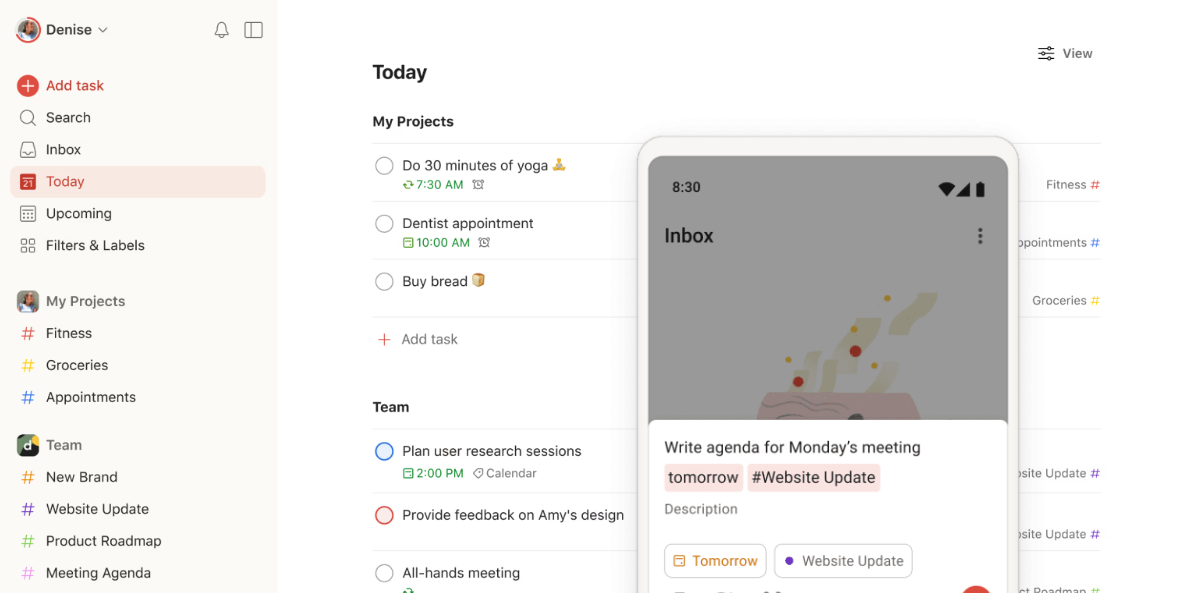Mind Mapping Techniques to Organize Ideas
In today’s fast-paced world, organizing ideas efficiently is crucial for productivity and creativity. Mind mapping, a visual tool that structures information, is a powerful method to capture, organize, and prioritize ideas. This article explores effective mind mapping techniques to enhance your thinking process and streamline your workflow.
What is Mind Mapping?
Mind mapping is a diagramming method that visually organizes information. It starts with a central idea, branching out into subtopics, which further expand into detailed nodes. This hierarchical structure mirrors how the human brain processes information, making it easier to understand, remember, and generate new ideas.

Benefits of Mind Mapping
- Enhanced Creativity: By visually laying out ideas, mind mapping encourages free thinking and creativity. It allows for non-linear thinking, enabling connections between seemingly unrelated concepts.
- Improved Memory: The visual nature of mind maps aids in memory retention. The use of colors, images, and keywords helps in better recall of information.
- Efficient Organization: Mind maps provide a clear structure, making it easier to organize thoughts and ideas logically. This is particularly useful for complex projects or brainstorming sessions.
- Increased Productivity: With a well-organized mind map, you can quickly identify priorities, set goals, and plan actions, leading to increased productivity.
Essential Mind Mapping Techniques
- Start with a Central Idea: Begin by placing your main idea or topic at the center of the page. This will be the focal point from which all other ideas will branch out.
- Use Keywords and Phrases: Instead of writing long sentences, use keywords and short phrases. This keeps the mind map concise and easy to read, allowing for quick scanning and understanding.
- Branch Out: Create branches from the central idea to represent major subtopics. Each branch should have a single word or phrase, capturing the essence of that subtopic.
- Add Details: From each subtopic branch, add smaller branches to include more details. This hierarchical structure helps break down complex information into manageable chunks.
- Use Colors and Images: Incorporate different colors to differentiate branches and use images or icons to represent ideas. This not only makes the mind map visually appealing but also enhances memory retention.
- Connect Ideas: Draw lines between related ideas or branches to show connections. This helps in identifying patterns and relationships, fostering a deeper understanding of the topic.
- Be Flexible: Mind maps are not rigid. Feel free to rearrange branches, add new ideas, or remove irrelevant ones as your understanding of the topic evolves.
Advanced Mind Mapping Techniques
- Incorporate Mind Mapping Software: There are several software tools available that enhance the mind mapping process, such as MindMeister, XMind, and Coggle. These tools offer features like cloud storage, collaboration options, and customizable templates, making it easier to create and share mind maps digitally.
- Use the 6 W’s Technique: This technique involves asking the questions: Who, What, When, Where, Why, and How. By incorporating these questions into your mind map, you can ensure a comprehensive exploration of the topic.
- Apply the SCAMPER Technique: SCAMPER stands for Substitute, Combine, Adapt, Modify, Put to another use, Eliminate, and Reverse. This technique encourages you to think creatively and explore different angles of a problem or idea.
- Combine with Other Visual Tools: Integrate mind maps with other visual tools like flowcharts, diagrams, and infographics. This can provide a more holistic view of the information and help in better understanding and communication.
- Mind Mapping for Personal Growth: Use mind mapping for personal development goals. Map out your strengths, weaknesses, opportunities, and threats (SWOT analysis). This can provide clarity and direction in personal and professional growth.
Practical Applications of Mind Mapping
- Brainstorming Sessions: Use mind maps during brainstorming to capture all ideas, no matter how wild they may seem. This promotes creative thinking and ensures no idea is lost.
- Project Planning: Outline the steps of a project, including tasks, deadlines, and resources. This helps in visualizing the project timeline and identifying potential bottlenecks.
- Note-Taking: Whether in meetings, lectures, or while reading, mind maps help in summarizing and organizing information effectively.
- Problem-Solving: Break down a problem into its components, explore possible solutions, and evaluate their impact using a mind map.
- Writing and Research: Structure essays, reports, or research papers by organizing key points, arguments, and evidence visually.
- Learning and Study: For students, mind mapping can be a powerful tool to understand and remember course material. By organizing notes in a mind map, students can create a visual overview of the subject matter, making it easier to study and recall information.
- Goal Setting: Use mind maps to set and track personal or professional goals. This method helps in visualizing the steps needed to achieve the goals and monitor progress.
- Meeting Management: During meetings, use mind maps to record minutes, action items, and key points discussed. This ensures that important information is captured and easily accessible for future reference.
Tips for Effective Mind Mapping
- Stay Organized: Keep your mind maps organized by maintaining a clear and logical structure. Avoid overcrowding the map with too much information in one area.
- Use Hierarchies: Prioritize information by using hierarchies. Place the most important ideas closer to the central topic and expand outward with less critical details.
- Review and Revise: Regularly review and revise your mind maps to keep them relevant and up-to-date. This helps in maintaining the accuracy and usefulness of the information.
- Practice Regularly: Like any skill, mind mapping improves with practice. Regularly create mind maps for different purposes to become more proficient and efficient in using this technique.
- Experiment: Don’t be afraid to experiment with different styles and techniques. Find what works best for you and tailor your mind maps to suit your personal preferences and needs.
Conclusion
Mind mapping is a versatile technique that can significantly enhance how you organize and process information. By using the techniques outlined above, you can unlock your creativity, improve memory, and boost productivity. Whether you are brainstorming, planning, or solving problems, mind mapping can be an invaluable tool in your personal and professional life.
Embrace mind mapping and transform the way you organize ideas. Start with a central idea, branch out, and let your creativity flow. The possibilities are limitless.



